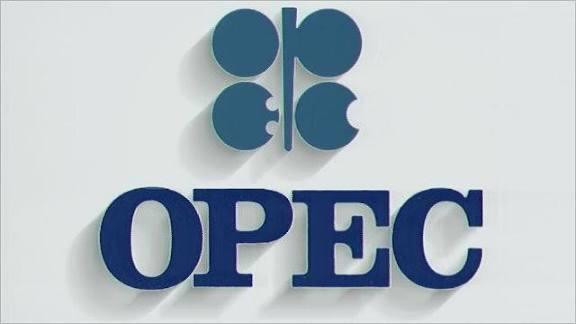A surprise storage withdrawal, approaching colder weather, and increased demand for heating over the next two weeks were among the unanticipated variables that drove up natural gas prices, which closed at 242 with a 0.67% gain. In sharp contrast to the 60 bcf withdrawal during the same week last year and a five-year average decline of 53 bcf, the U.S. EIA recorded a large storage drain of 7 bcf for the week ending Nov. 17.
The average petrol output in the Lower 48 U.S. states increased to 107.5 bcfd in November from a record 104.2 bcfd in October, according to financial firm LSEG. According to meteorological forecasts, from November 24 to December 1, temperatures will vary from warmer than normal to colder than usual, with a rebound to warmer temperatures from December 3–7.
LSEG forecasts a sharp increase in U.S. petrol consumption in the Lower 48 states, including exports, from 112.8 bcfd this week to 130.5 bcfd next week due to the impending colder weather. After rising from 13.7 bcfd in October to a record 14.3 bcfd in November, gas flows to the seven main U.S. LNG export facilities surpassed the previous peak of 14.0 bcfd in April.
There has been a notable 43.91% decline in open interest, which settled at 15948, suggesting that the natural gas market is technically experiencing short-covering. Support levels are found at 238.8, with a possible test of the downside at 235.7. Resistance is most likely found around 244.2. Given the current state of the market and the elevated expectations for demand, a breakthrough might result in a test of 246.5.

